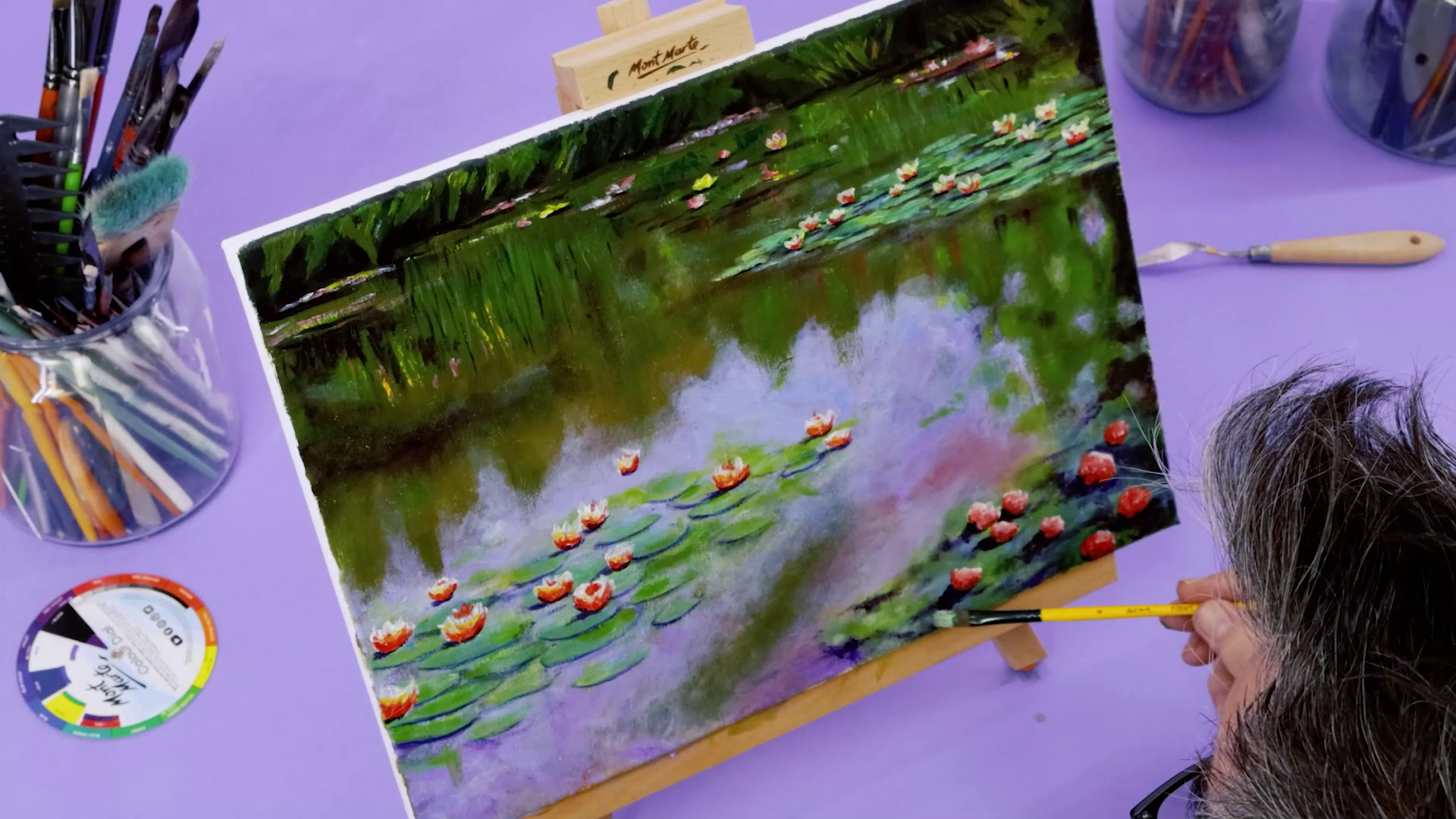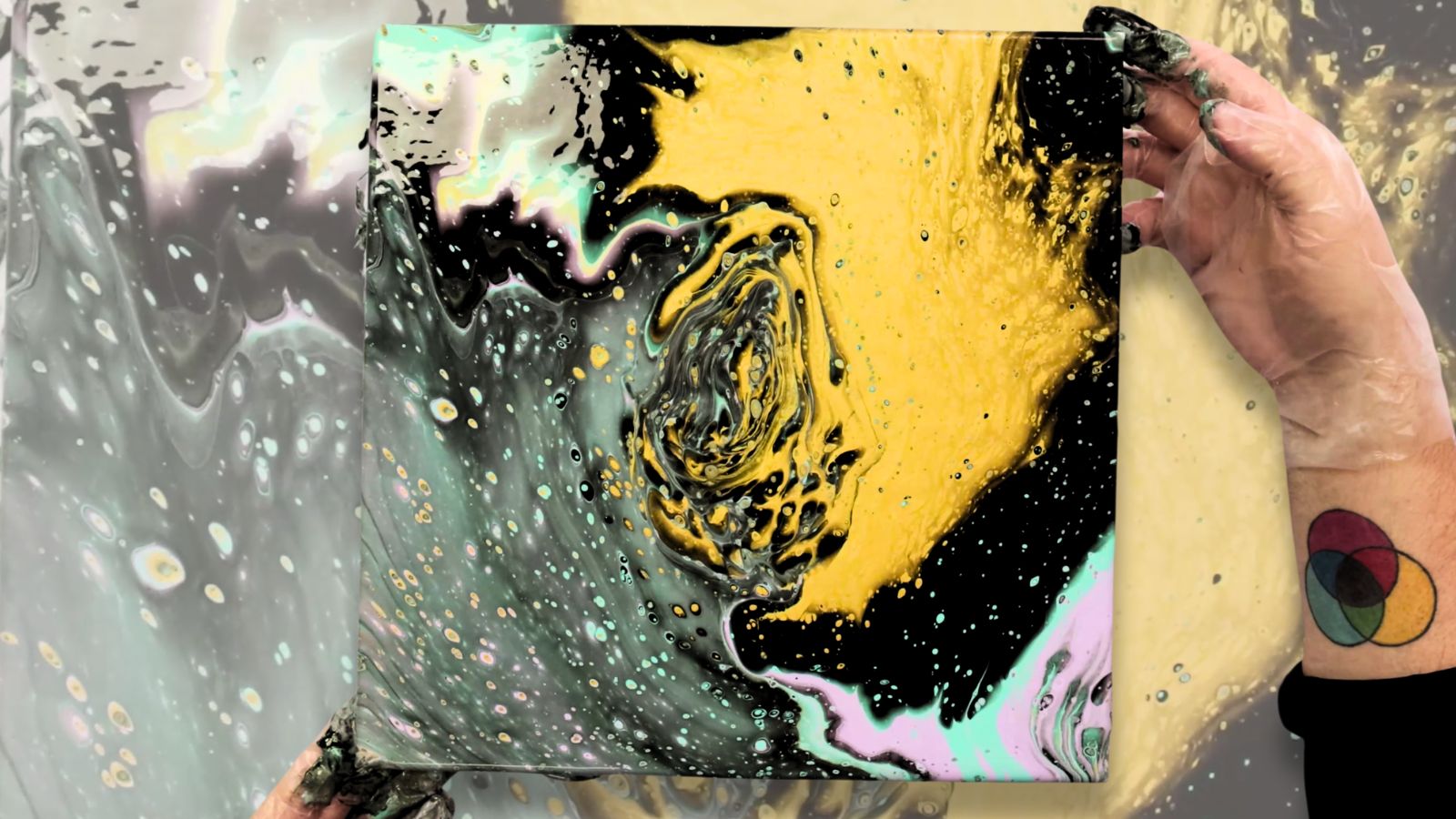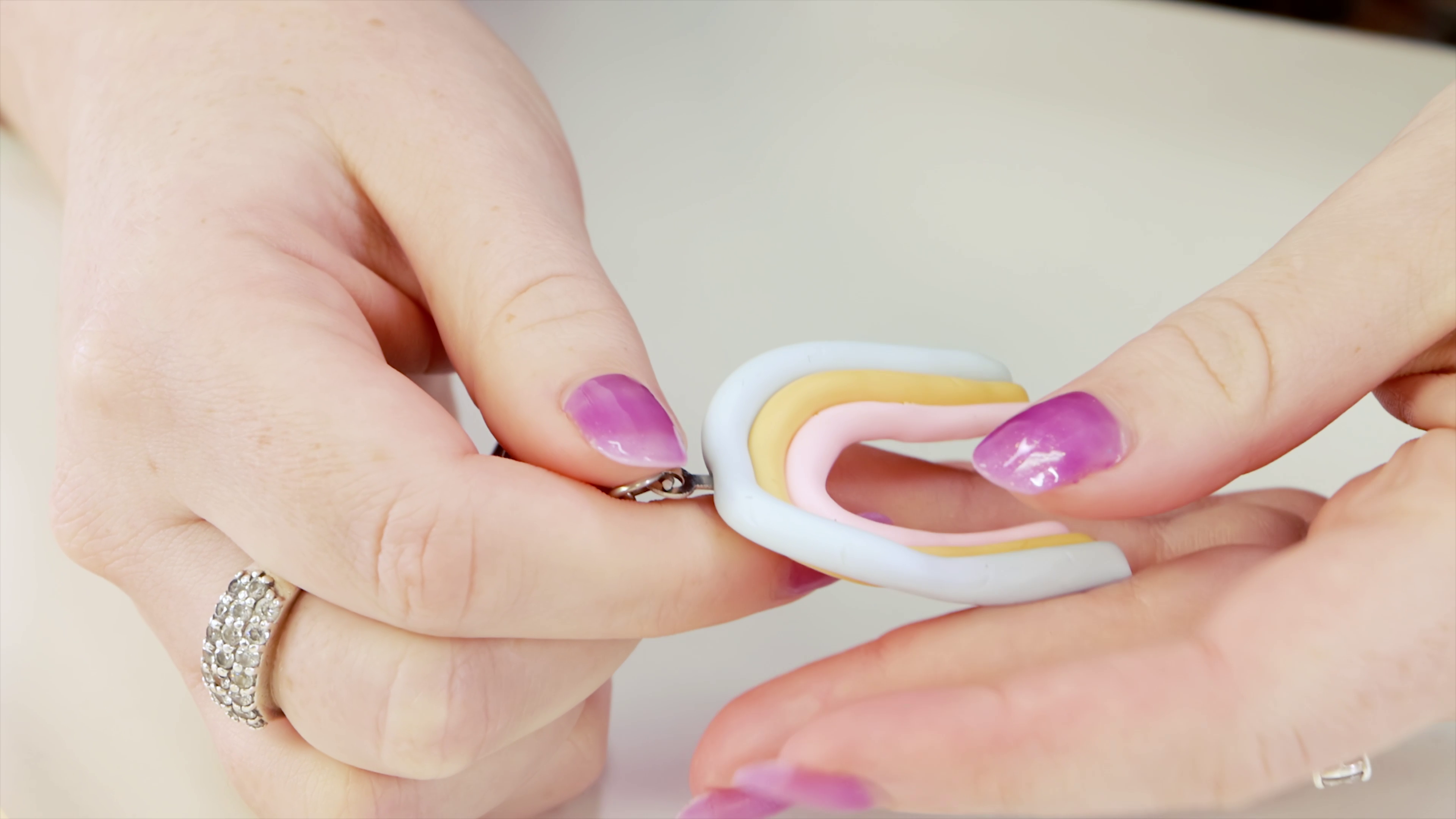We’ve pulled together some handy techniques so you can learn how to paint like Monet. French impressionism is all about capturing the light and feel of a place or subject, not getting it picture-perfect. Experiment with the techniques below to discover your inner Monet and paint the idea of something, rather than the details.
1. Planning a painting
An urban myth about Monet is that he painted spontaneously and quickly. This isn’t the case! Monet would choose his subject matter carefully, studying it intently over a long period. His series featuring subjects such as water lilies or haystacks had many paintings of identical or similar settings, documenting his studies.
To create a Monet painting series, it’s a fun idea to plan a location or subject that you’d like to return to and paint at different times of day and through multiple seasons. Learning how the subject matter looks under different weather and lighting conditions is at the core of Monet’s impressionism. He would even bring multiple canvases to swap between depending on the time of day he was painting, picking up from previous painting sessions.
You don’t have to plan thoroughly to have a go at Monet’s techniques, but it’s kind of cool to step into his shoes and ‘method-paint’!
2. En plein air
A big part of French impressionism was painting ‘en plein air’, AKA outside! Painting outdoors really took off when the paint tube was invented in the 1840s, booming with the likes of Claude Monet, Pierre-Auguste Renoir, Alfred Sisley, and Frédéric Bazille in the 1860s.
The whole point of painting outside was to create a more candid painting, capturing the impression of a setting as seen through human experience. Think of an in-motion picture of someone blowing out their birthday candles. This captures the idea of growing older, of celebrating, without focusing on the details of the moment. Impressionism works the same way!
Interestingly, Monet would often get down the gist of a subject en plein air, before finishing off the artwork in the studio. Painting from life was a major part of the process, but a memory of the setting could be equally valuable, shaping the impression of the place.
If you’re trying to bring out your inner Monet, why not take yourself outside and find a subject to paint en plein air?
3. Limited palette
Using a limited palette, i.e., not many colours, is a classic Monet technique. The modern-day best match to a Monet-style palette includes:
- Titanium white
- Ultramarine blue
- Cobalt blue
- Crimson
- Vermillion
- Viridian green
- Emerald green
- Cadmium yellow
- Lemon yellow
In short, a cool and warm tone for each primary colour plus green, as well as a shade of white. This just about covers the bases for a classic impressionist-style painting.
4. Broken colour technique
The broken colour technique essentially creates an optical illusion, so that colours mix on the canvas visually, despite being unmixed. This works best when the painting is seen at a distance, as your eyes fill in the gaps to absorb the impression of the artwork, rather than the details – just as Monet intended! As your eye moves between the different colours, they almost appear to vibrate, optically mixing to create a larger idea.
When you try this at home, remember your colour theory! Blue and red brushstrokes layered and scattered among each other will blend at a distance to create a purple hue, while blue and yellow will create a green impression. This technique is great for hinting at details (e.g., grass, canopy, or sand texture) or creating movement in your painting (e.g., choppy ocean or sweeping clouds).
When Monet did physically blend paint, he did so by mixing colours on canvas. This technique leaves traces of the unmixed colours in the artwork, adding to the impressions being created.
5. Impasto
Try using thick strokes of paint to create dimension like a French impressionist! This technique is called impasto, and it’s a great way to add texture and make your paints stand out from the canvas. Monet’s artwork is full of many short impasto strokes, boosting the sense of movement and vibration created by his broken colour layering.
While Monet used traditional oils, you can create impressionist-style paintings with acrylics. If you’re using acrylic paints that aren’t thick enough, we have an Impasto medium to help! Mix this with your paint to increase its viscosity. Your paint will hold its shape when applied to the canvas, without dulling the pigment.
Our Dimension Acrylic and Oil Paint ranges are made to naturally hold their shape and go on thickly, perfect for impasto painting with no medium needed.
6. Impressionist brushstrokes
Monet had a couple of iconic ways to put paint on the canvas that you too can learn.
- Wet on wet painting – relatively self-explanatory, wet on wet painting is done by layering wet paint on top of wet paint. This technique must be done before your paint has dried and is useful for blending colours on the canvas and layering more freely. Monet did a lot of his painting wet on wet, which can be handy when you’re trying to quickly capture the impression of your subject at a certain time of day.
- Scumbling – also known as dry brush painting, the scumbling technique is ideal for layering colours to create dimension. You can do this by applying a thin layer of paint with a dry brush over dried colours on your canvas. Typically, a lighter colour is scumbled over a darker colour so you can see the darker tone shining through. As the brushstrokes are applied lightly, the scumbled colour will break in places, letting more of the paint underneath peek through. This technique is perfect for capturing reflections on top of a pond, like in Monet’s water lilies series.
7. Painting from dark to light
If you’re trying to recreate Monet’s colour layering and dimension, it’s best to paint from dark to light. This creates dimension when you scumble colours and add highlights, as the deeper tones break through the lightest tones. It also creates highlights that glow from within, as the build-up of colours underneath shines through.
As Monet developed his art, he used fewer blacks and greys, creating dark tones by mixing complementary colours. This adds to the movement and style of the painting, as the shadows are created from mixes of brighter colours. Keep this in mind when starting with your dark tones!
Now that you know some tips and tricks for the Claude Monet painting style, you’re ready to venture into the great outdoors and try French impressionism for yourself! 😊 We have a bunch of Monet projects to help get you started, from kid-friendly to more experienced artworks.
We hope that you feel inspired to try these techniques for yourself. #montmarteart or tag us @montmarteart on Instagram or Facebook as we’d love to see what you create.
Looking for more? Check out our tips and techniques page for more inspiration. If you need supplies or want to experiment with one of the techniques mentioned, jump online to check out our paints and mediums.





































